Dreaming and Planning
since junior high school. I seem to remember taking all the undergraduate Buddhism courses that were offered. I became interested in Japanese porcelain and pottery. When I started gardening, I became fascinated by Japanese gardening. Japanese art fascinates me, particularly the woodblocks.
Racer and Robotech. Robotech was another American hybrid, a U.S. series spliced together out of three different Japanese anime, Super Dimension Fortress Macross, Super Dimension Cavalry Southern Cross, and Genesis
Climber MOSPEADA. We had no exposure to the originals. The first anime series I watched was Bubblegum Crisis, and I don’t really remember what led me to it. In the search for a similar show (as an aside, in the streaming era the word “search” seems strange now), I stumbled across Takeuchi Naoko’s immortal bildungsroman, the anime series Sailor Moon. I was soon caught up in the fascinating, complex and lovely Sailor Moon universe. Luna the Cat was the gate to a lively interest in anime, quickly turned into a passion by first viewings of Miyazaki films and such shows as Love Hina.
travel much, partly because travel is inconvenient. I think I just wanted to be in Sailor Moon’s world, walking the streets of the Azubu Juban Shopping District, with 36 views of the Tokyo Tower looming in the background like Hokusai’s 36 Views of Mount Fuji. Of course one doesn’t like to intrude. Also, aside from ice cream cones, deli cakes, and transdimensional monsters, it was not at first clear what there would be to do there. The idea that one might really meet a talking cat was something I was not yet prepared to take seriously.
turns out to be a very good idea, incidentally. Finally, this year my son Alex, a professor of anthropology at the University of Hawaii, began planning our actual trip to Japan, where neither of us had ever been.
Incense Path, a network of ancient pilgrimage routes among hot springs and natural shrines in Wakayama Prefecture south of Osaka. Then, after three nights in Wakayama (the scheme went), we would briefly visit Kobe to have lunch with a friend there, and then go on to Miyajima, an island in the Inland Sea south of Hiroshima. Finally, in what we thought of as a bonus or throw-away night, we would return to Tokyo and stay in the vicinity of the airport at Narita before flying out. We planned to travel primarily by train, preferably by express or
shinkansen high-speed train.
Arriving in Tokyo
shell middens. There were hamlets along the rivers and creeks emptying into the bay. Ferries were important in a delta landscape like Tokyo, and the points upstream where bridges first became feasible eventually became significant landmarks and boundaries. By medieval times, Tokyo had become an ancestral small town with a small local castle of no particular strategic or political importance.
city of the Shoguns and within a century, it was the largest city in the world.
Disaster Prevention Museum, National Diet Library
http://render.fineartamerica.com/displayartwork.html?id=1402193&width=249&height=164&domainid=1
Wikipedia Commons, 米軍撮影 – http://www.ne.jp/asahi/k/m/kusyu/kuusyu.html
remark that one goes to Tokyo not to see where things are, but to see where things were—a sensibility shared by Tokyo’s great literary chronicler, Kafu Nagai.
http://en.wikipedia.org/wiki/Edward_Seidensticker
http://en.wikipedia.org/wiki/Kaf%C5%AB_Nagai
Millenium, a prehistoric lunar city of perfect light that was totally destroyed eons ago. The Sailor Senshi drifted from that lifetime to lifetime in modern Tokyo, seeking the reincarnation of Queen Serenity in the future city of Crystal Tokyo.
http://silvermoon424.tumblr.com/post/16273900730/classical-architecture-in-sailor-moon-part-4-crystal
So Much to See
from feudal times—when were they scattered? Is the Hibiya Amphitheater the setting for the climactic scene in Akira Kurosawa’s early postwar film, One Wonderful Sunday?
Some elements of dinner. Photo by Alex Mawyer.
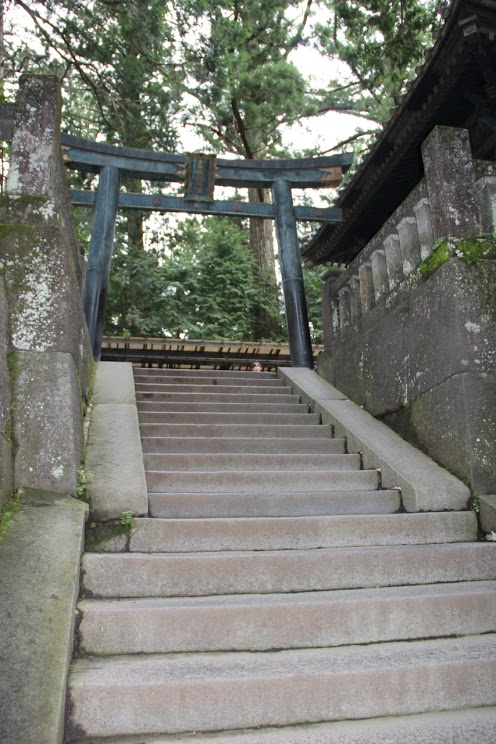
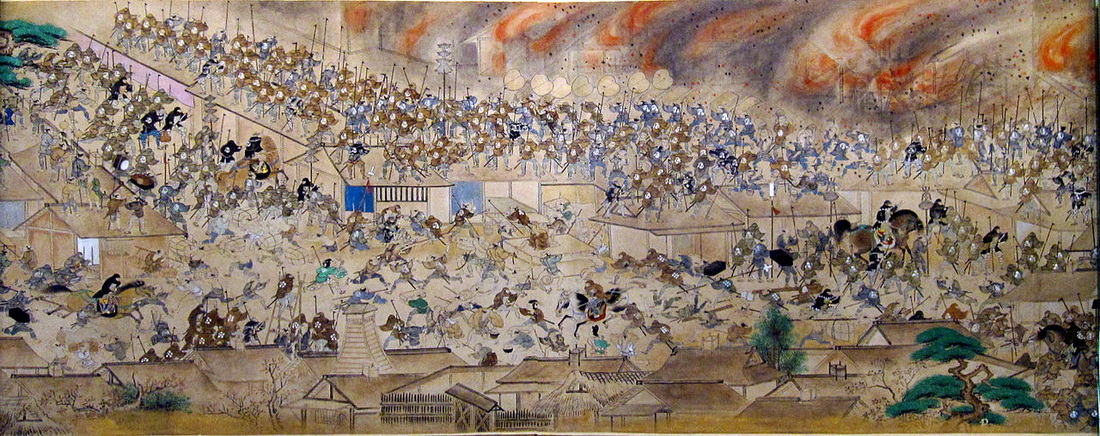
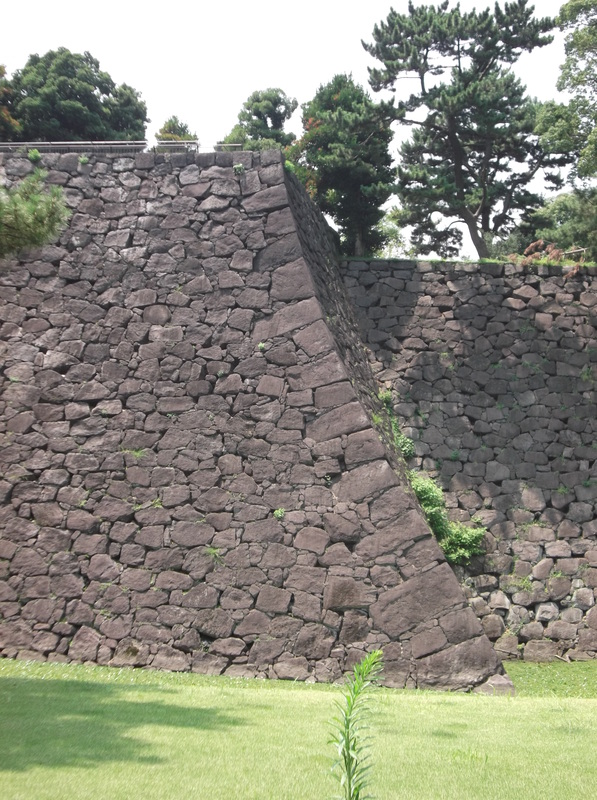
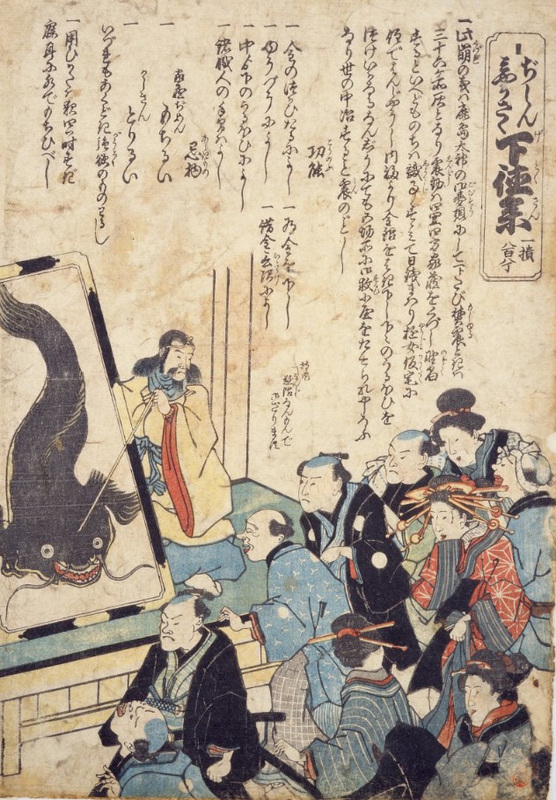
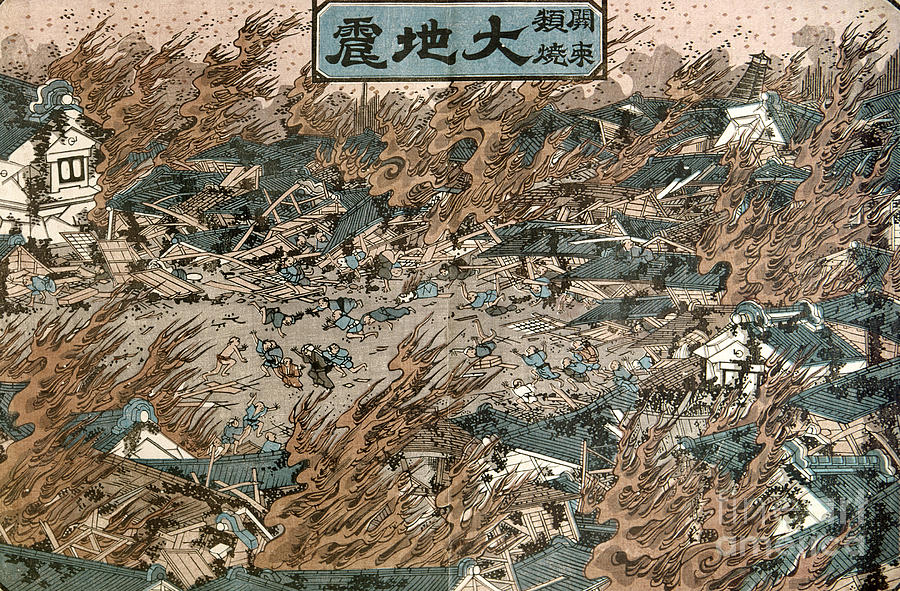
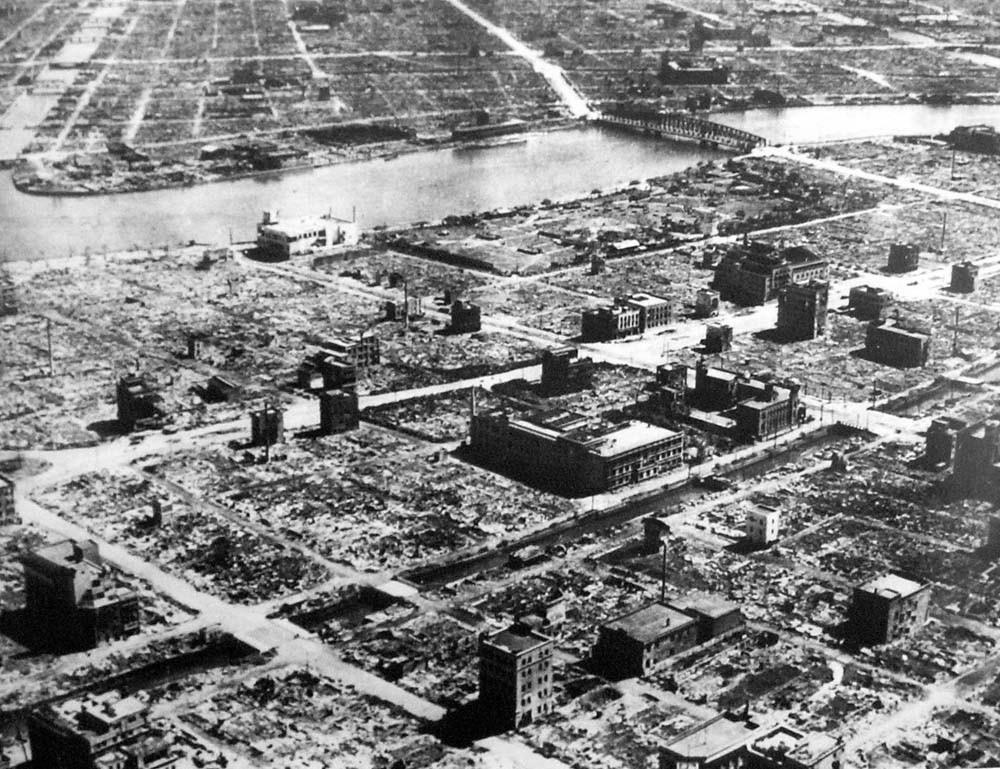
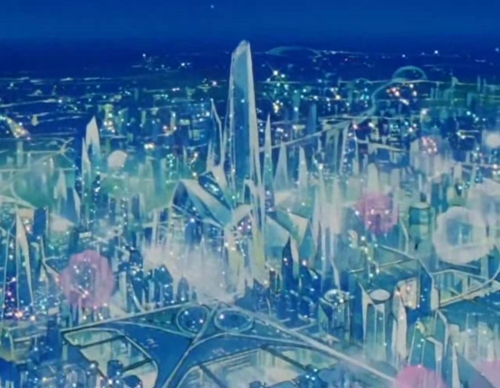
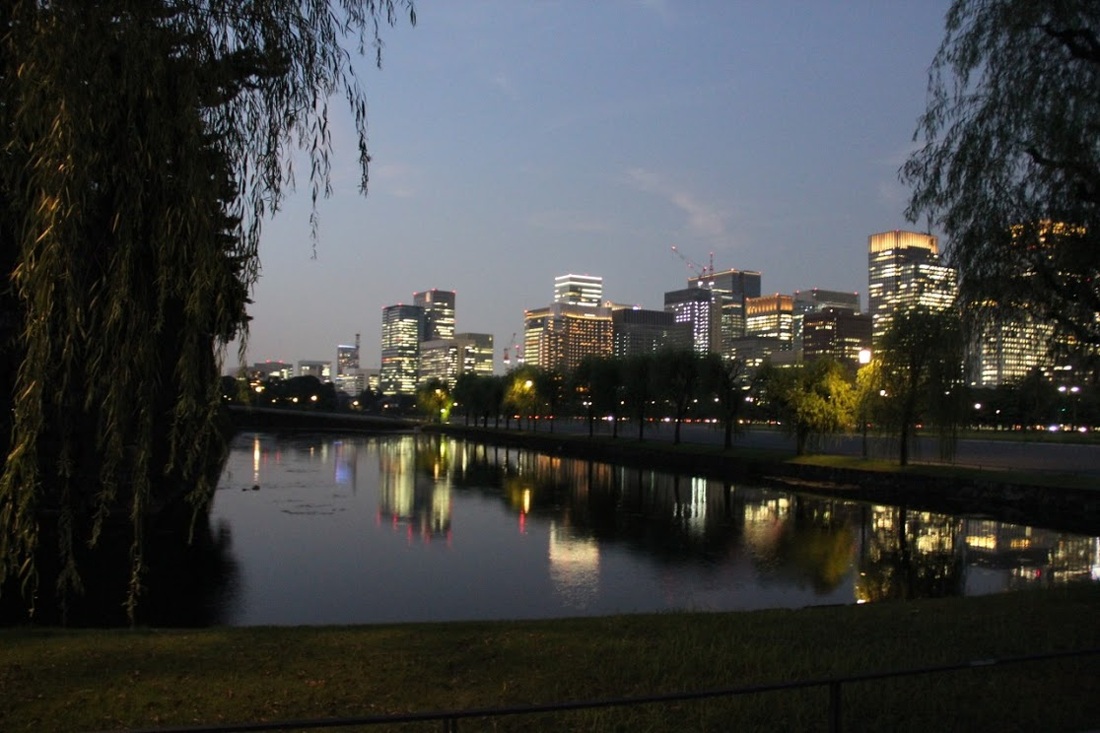
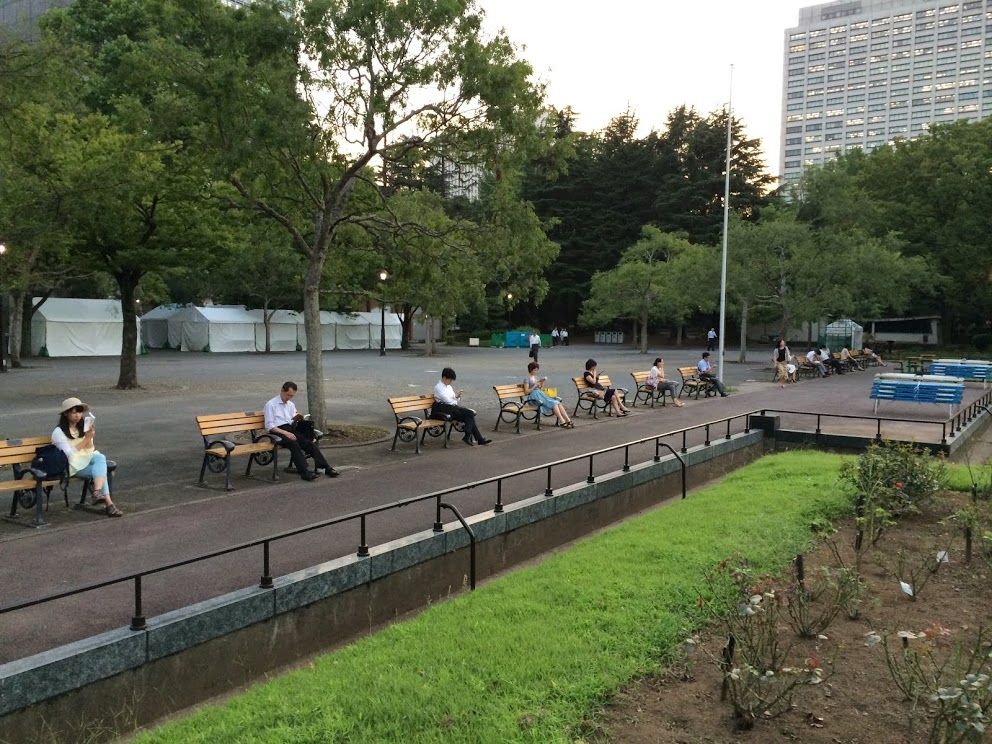
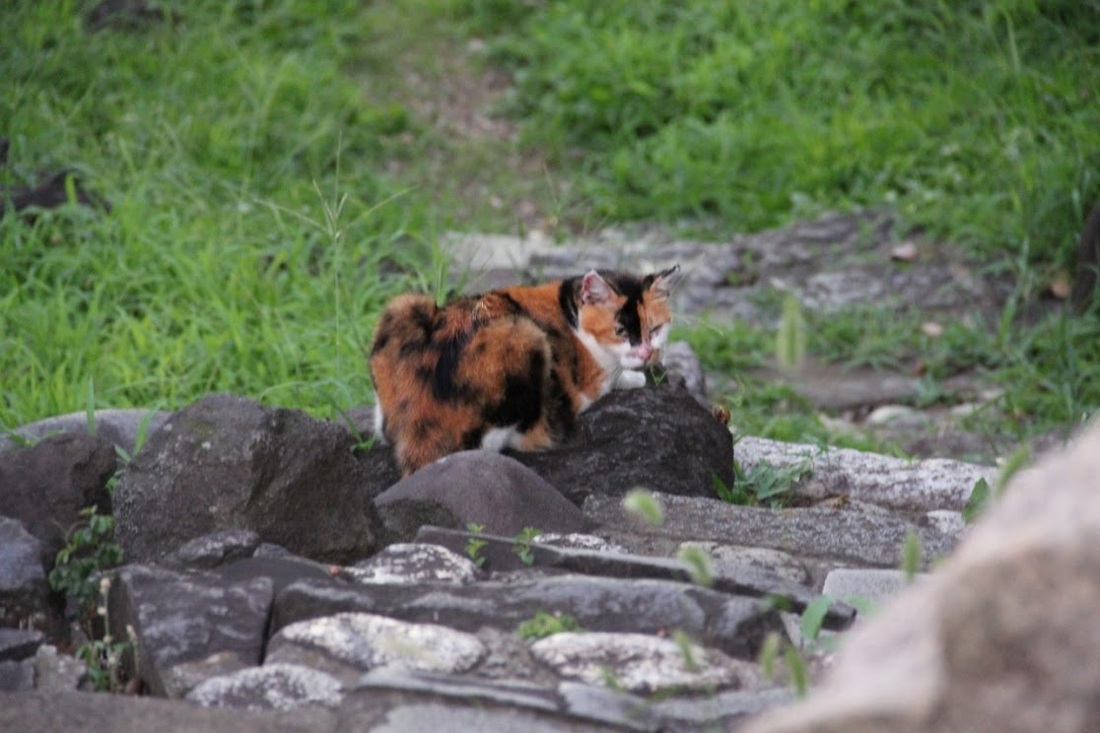
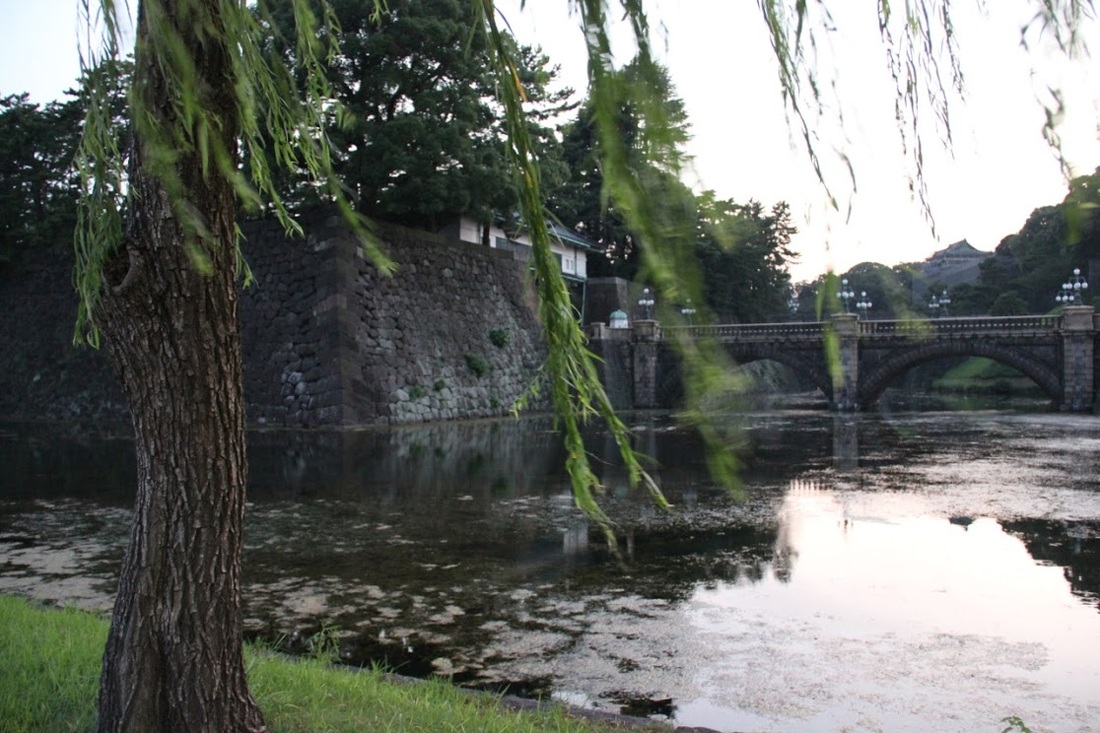
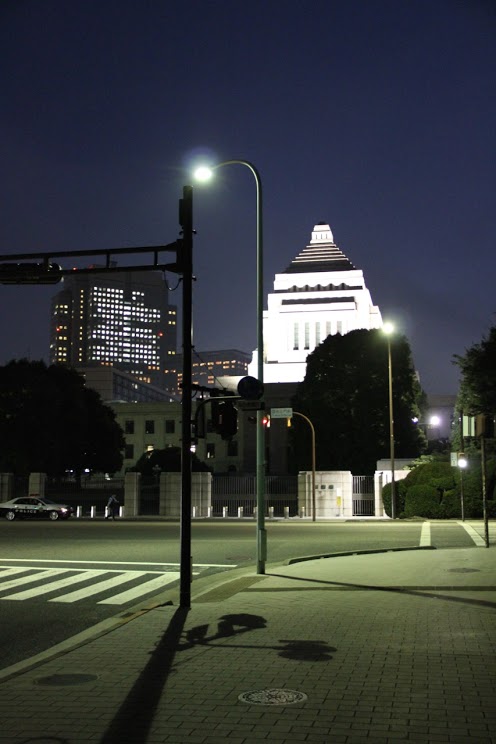
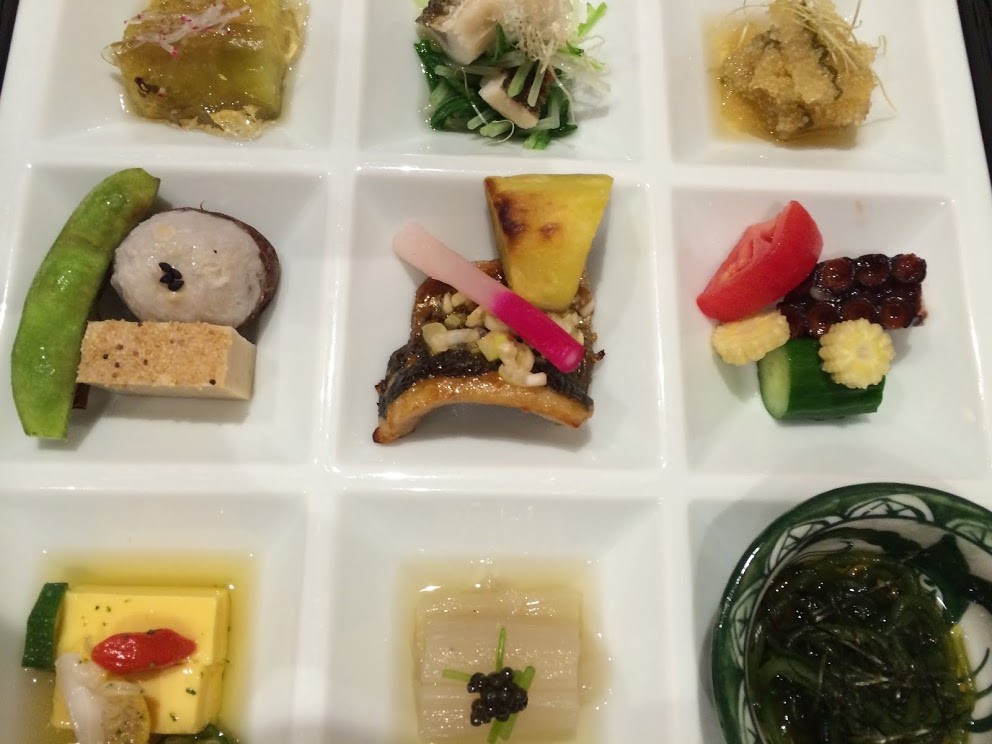
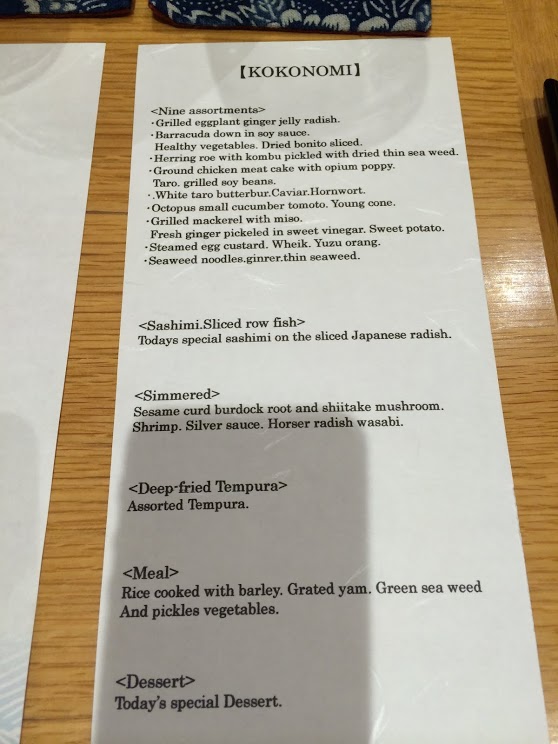
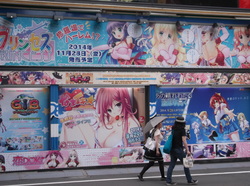
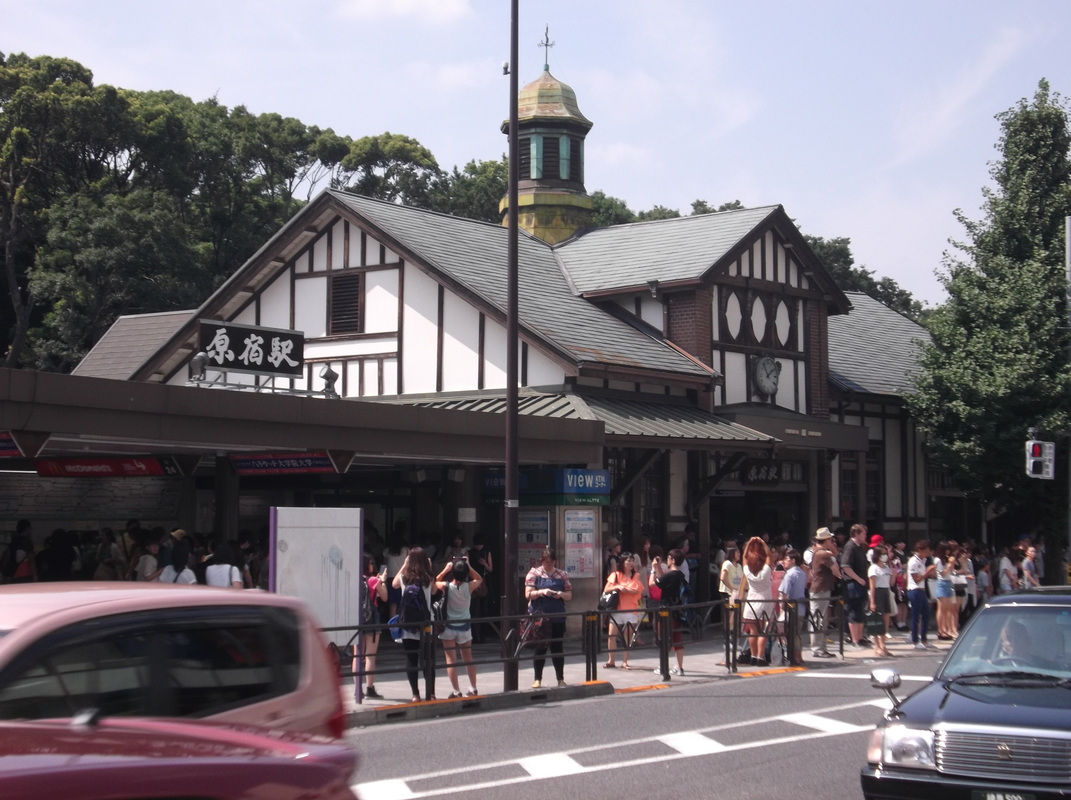
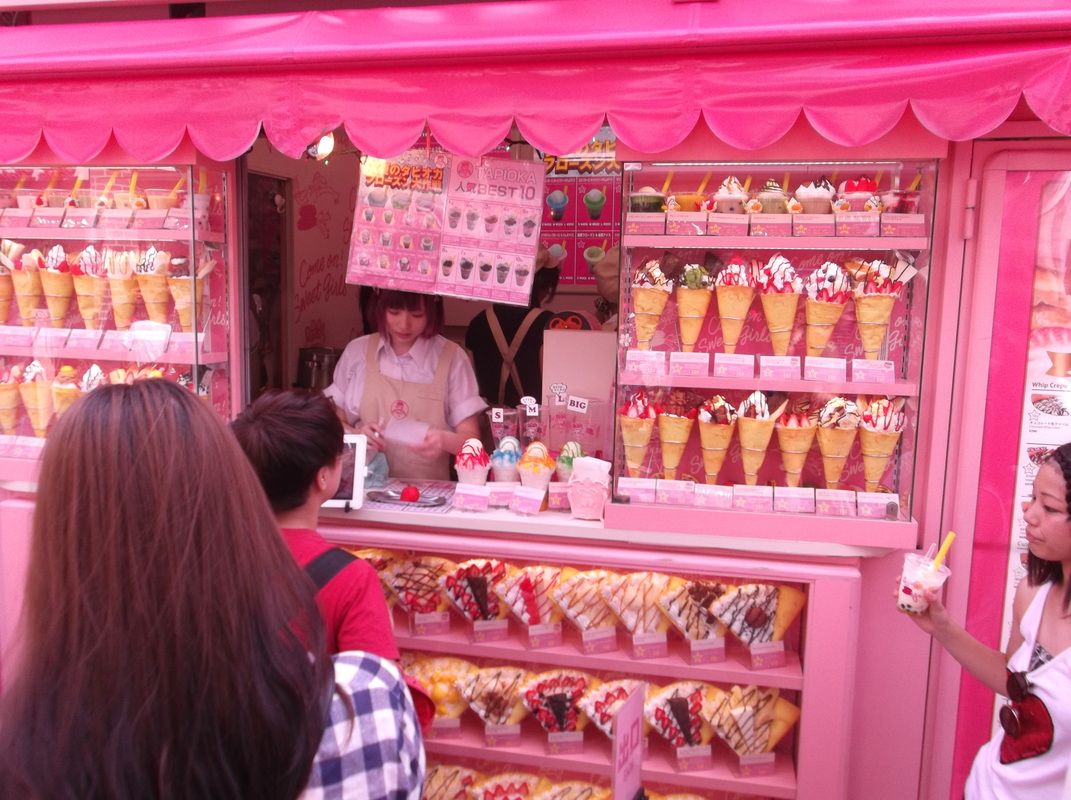
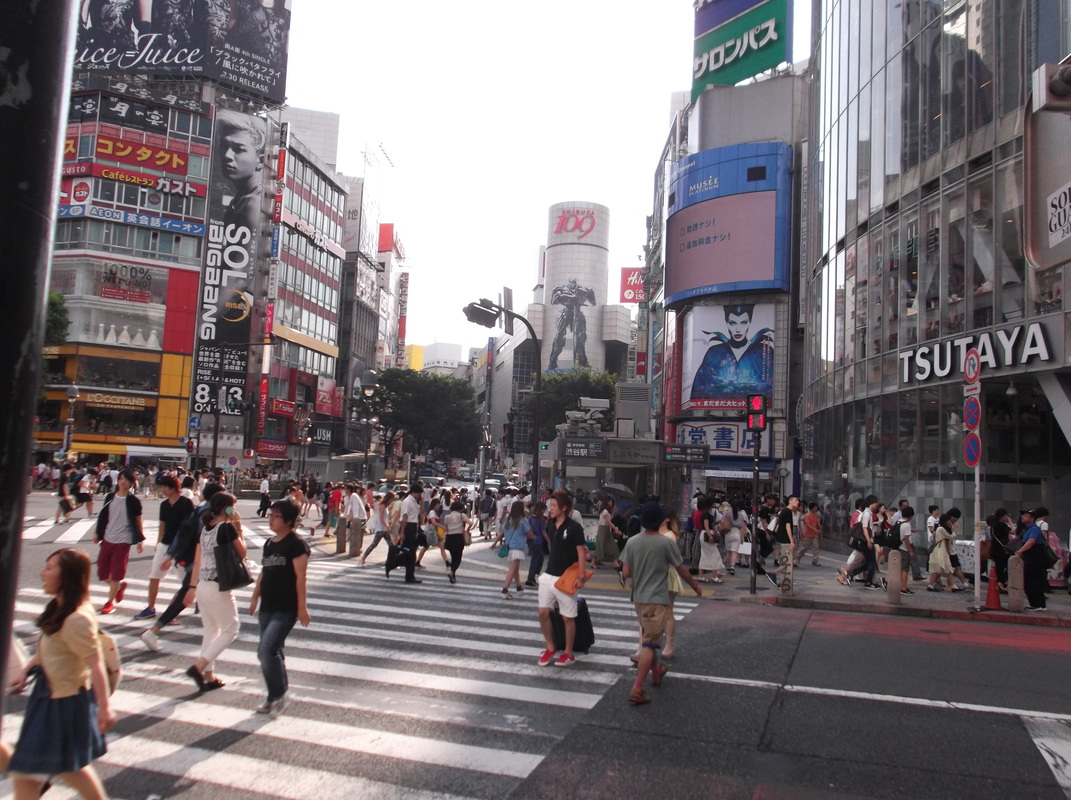
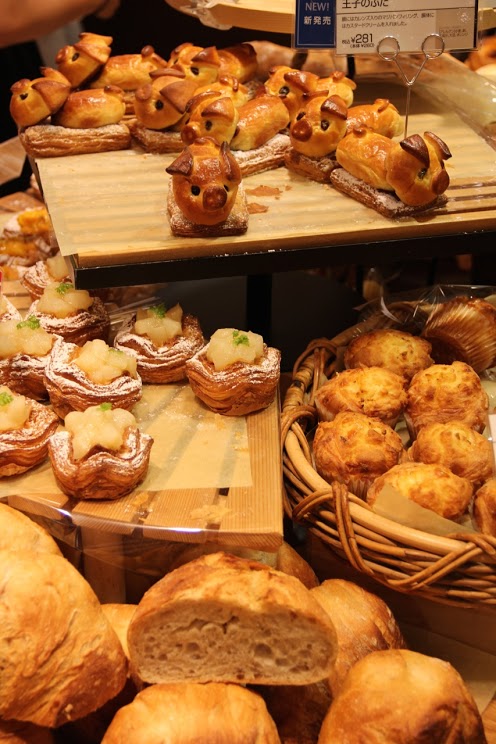
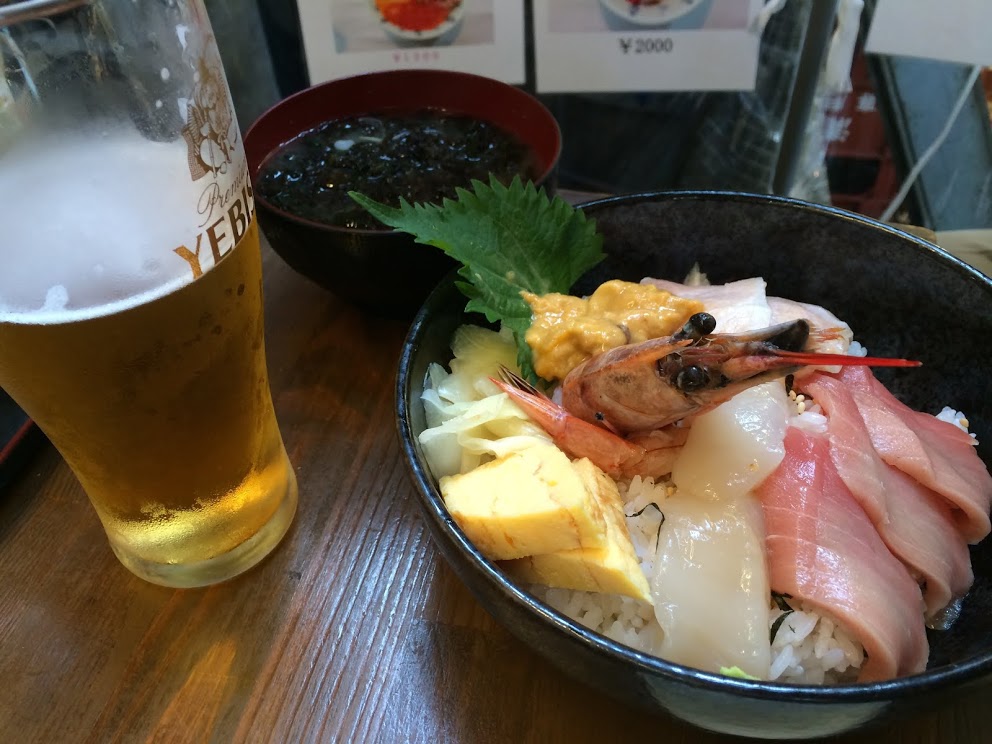
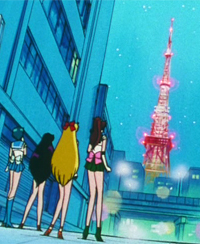

 RSS Feed
RSS Feed